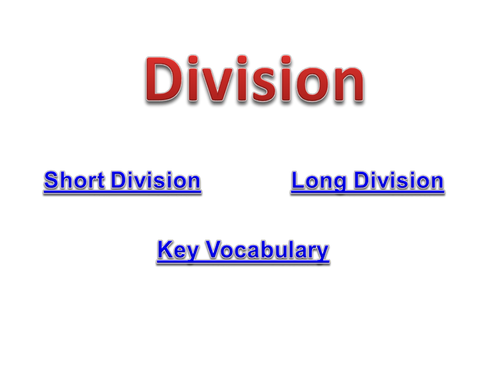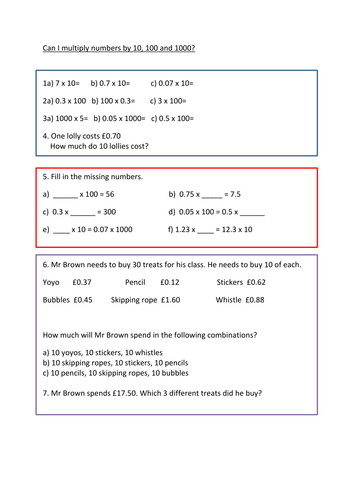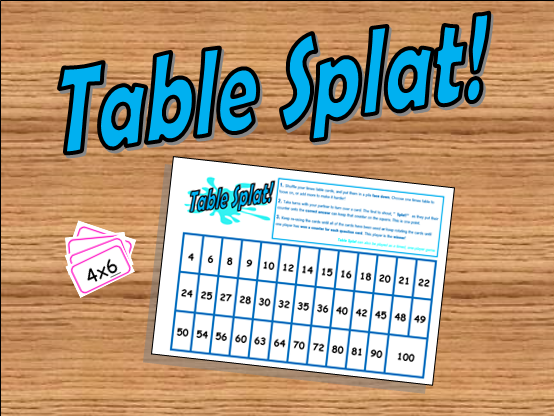Number: Multiplication and division
The operations of multiplication and division have many different underlying structures and can be applied in a wealth of contexts.
Fluency with multiplication facts (times tables) is vital for success in mathematics, particularly in algebra. As such, these facts must be understood, memorised and represented in a variety of contexts.
Throughout this learning journey, pupils will build their understanding of multiplication and division using varied concrete and pictorial representations. They should use these representations to reason and explain answers to problems.
Mental methods should be encouraged at all opportunities so that pupils do not become overly reliant on formal methods, which are not always the most efficient way to solve a problem.





